Whole genome comparative analyses of liver and intestinal parasites reveal evolutionary history and shift in organs, animals of choice
Tag: Agriculture
How sustainable is tuna? New global catch database exposes dangerous fishing trends
Appearing in everything from sushi rolls to sandwiches, tuna are among the world’s favourite fish. But are our current tuna fishing habits sustainable? Probably not, according to a new global database of tuna catches created by researchers at the University…
Retired UT extension specialist inducted into National Hall of Fame
John Campbell recognized by National Association of County Agricultural Agents
Composting and Urban Agriculture of San Antonio Tour
Scientists to explore unique agriculture facilities in San Antonio area
Turning Phoenix green
Study shows how urban agriculture can push the sustainability of Phoenix
Pineapple genome sequences hint at plant domestication in a single step
As their Latin name indicates, pineapples are truly “excellent fruits”–and thanks to a freshly completed genome sequencing project, researchers have gained a new understanding of how human agriculture has shaped the evolution of this and other crops. An international team…
Rolls wit’out: Developed in Drexel’s Food Lab, new rolls help cut salt from Philly staple
Drexel Food Lab’s partnership with the Philadelphia Department of Public Health and Amoroso’s Baking Company leads to lower-sodium hoagie roll
Biologists track the invasion of herbicide-resistant weeds into southwestern Ontario
TORONTO, ON (Canada) – A team including evolutionary biologists from the University of Toronto (U of T) have identified the ways in which herbicide-resistant strains of an invasive weed named common waterhemp have emerged in fields of soy and corn…
Study champions inland fisheries as rural nutrition hero
Synthesizing new data and assessment methods is showing how freshwater fish is an invisible superhero in the global challenge to feed poor rural populations in many areas of the world. But there’s a problem: Invisibility is the wrong superpower. Researchers…
How a protein connecting calcium and plant hormone regulates plant growth
Mechanism enables plants to adapt their development to their environment, Tel Aviv University researchers say
Turning up the heat for weed control
Weeds are thieves. They steal nutrients, sunlight and water from our food crops. In the case of sugarcane, yield refers to the amount of biomass and the sucrose concentration of the cane, which ultimately determines the amount of sugar produced.…
Scientists find ways to improve cassava, a ‘crop of inequality’ featured at Goalkeepers
Today, as world leaders gather for the UN General Assembly, hundreds of emerging leaders focused on fighting global inequality came together at the Bill & Melinda Gates Foundation’s third annual Goalkeepers event in New York City. Among them, University of…
The almond & peach trees genomes shed light on the differences between these close species
Transposons could lie at the origin of the differences between the fruit of both species or the flavor of the almond
New modelling framework will transform the design and monitoring of EU rural policies
Nearly half of the EU land is farmland. The livelihood of over ten million farmers and the sustainability of agro-ecosystems, including food, bioenergy, water, carbon storage and biodiversity, are directly affected by EU policy instruments. These policies have, so far,…
Tractor overturn prediction using a bouncing ball model could save the lives of farmers
How a bouncing ball could save the lives of farmers
ISSF releases new non-entangling and biodegradable FADs guide
Updated best-practices illustrated manual offers practical, science-based guidance on building biodegradable FADs
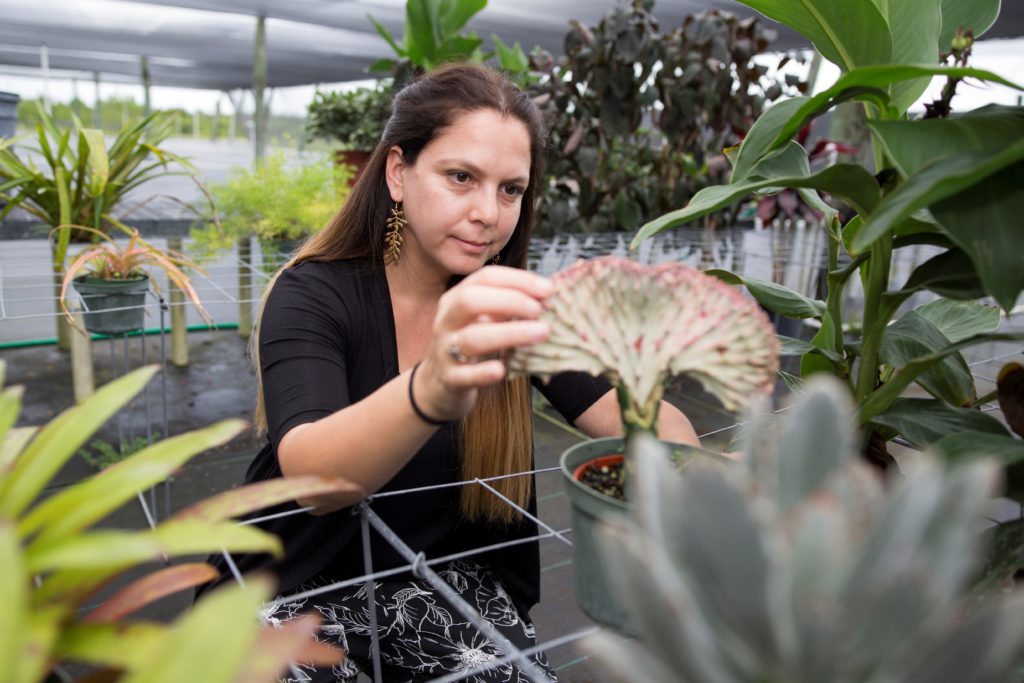
UF/IFAS TREC Plant Diagnostic Clinic: Keeping Florida’s Diverse Horticulture Industry Healthy
In south Florida, growers and nurseries of tropical plants, vegetables and crops turn to such experts at the Tropical Research and Education Center (TREC) of University of Florida Institute of Food and Agricultural Sciences (UF/IFAS). At the heart of the center that is celebrating its 90th anniversary with a gala fund raising event at the Coral Gables Country Club on October 26 is the Plant Diagnostic Clinic, established to preserve the health of a unique tropical plant industry.
Upcoming: Embracing the Digital Environment Meeting
Agronomists, crop and soil scientists from around the world to meet in San Antonio
New AI app predicts climate change stress for farmers in Africa
Researchers will unveil their app for climate-smart agriculture to coincide with the UN Climate Action Summit
Discovery of sorghum gene that controls bird feeding could help protect crops
A single gene in sorghum controls bird feeding behavior by simultaneously regulating the production of bad-tasting molecules and attractive volatiles, according to a study publishing September 23 in the journal Molecular Plant . This gene, called Tannin1, controls the synthesis…
Global trends in antimicrobial resistance of farm animals
From 2000 to 2018, the proportion of pathogens that infect farmyard chickens and pigs and that are also significantly resistant to antibiotics grew, a new study shows. In the study, which also reveals certain new and emerging hotspots of resistance…
Increasing global antibiotic resistance in food animals requires immediate action
In a first, researchers from CDDEP, ETH Zurich, Princeton University, and Université Libre de Bruxelles mapped global trends in antimicrobial resistance rates among food animals in low- and middle-income countries between 2000 and 2018
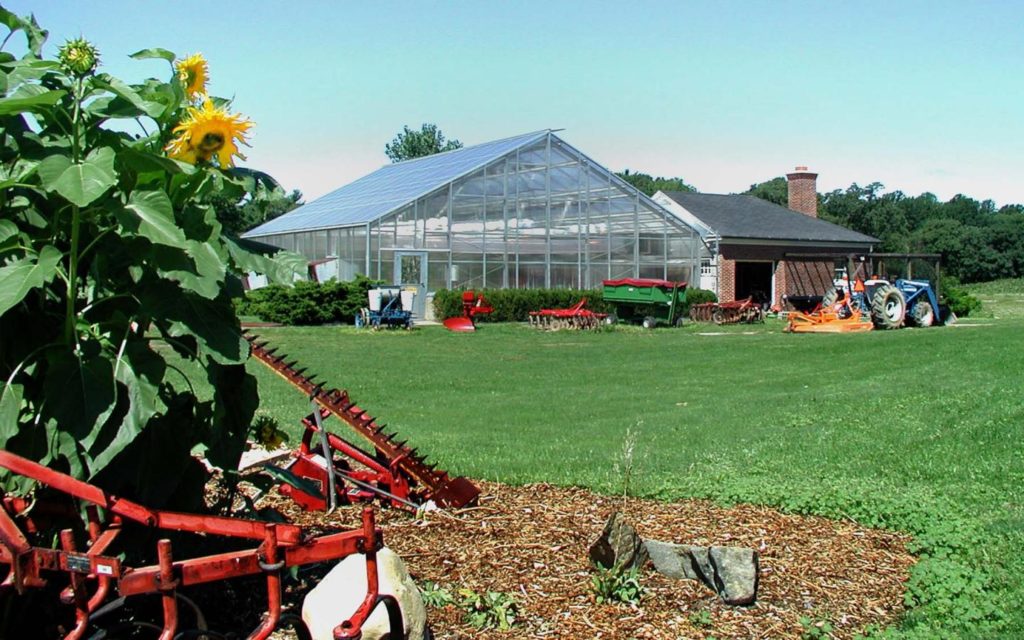
The next agricultural revolution is here
As a growing population and climate change threaten food security, researchers around the world are working to overcome the challenges that threaten the dietary needs of humans and livestock. A pair of scientists is now making the case that the…
Antimicrobial resistance is drastically rising
The world is experiencing unprecedented economic growth in low- and middle-income countries. An increasing number of people in India, China, Latin America and Africa have become wealthier, and this is reflected in their consumption of meat and dairy products. In…
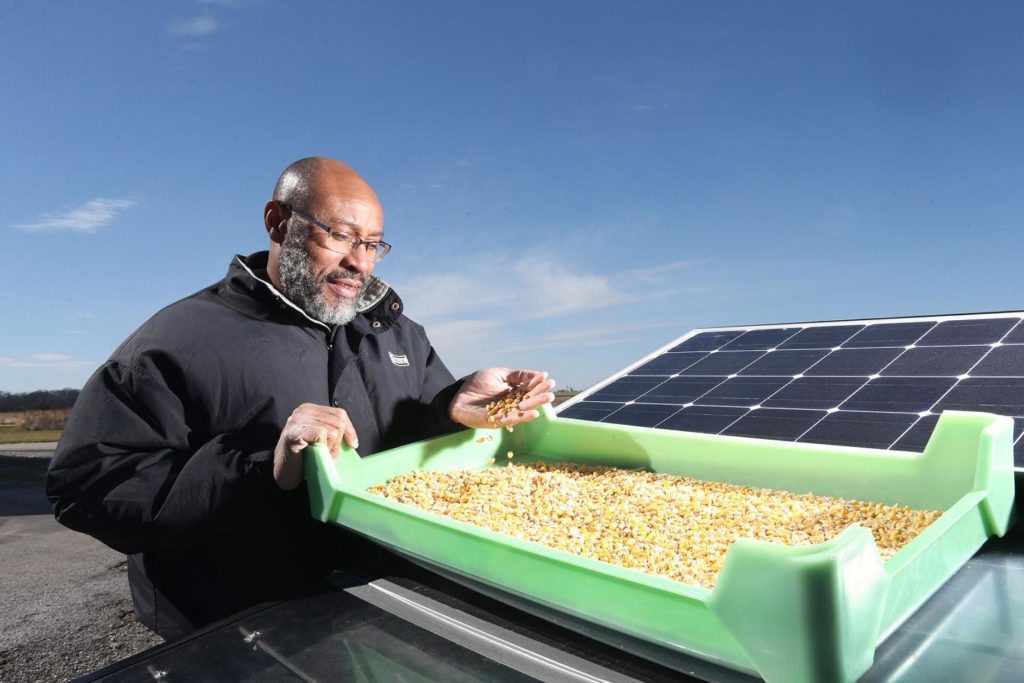
Startup developing solar-powered crop-drying devices receives grants worth $150,000
Grants from USDA, Elevate Ventures will help JUA Technologies International move past research and development
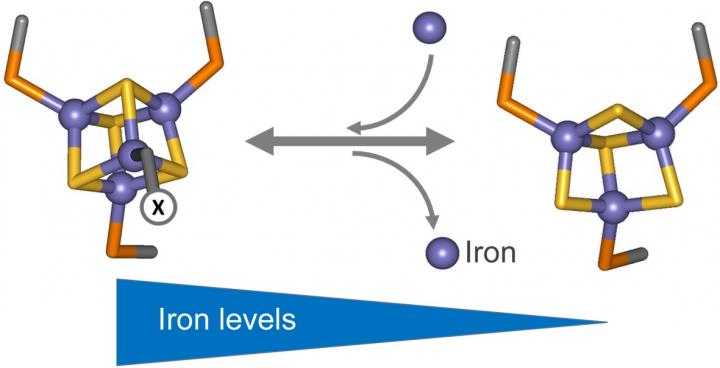
How nitrogen-fixing bacteria sense iron
Researchers at the University of East Anglia have discovered how nitrogen-fixing bacteria sense iron – an essential but deadly micronutrient. Some bacteria naturally fix nitrogen from the soil into a form that plants can use. In nature, most plants get…
Ethanol fuels large-scale expansion of Brazil’s farming land
A University of Queensland-led study has revealed that future demand for ethanol biofuel could potentially expand sugarcane farming land in Brazil by five million hectares by 2030. UQ School of Earth and Environmental Sciences researcher Milton Aurelio Uba de Andrade…
Fungicides as an underestimated hazard for freshwater organisms
Fungicides are worldwide used in agriculture. Large amounts of applied fungicides leak into nearby surface waters. The effects of these substances on aquatic organisms are poorly understood and not specifically addressed in the EU regulatory frameworks with respect to the…
Study shows importance of tailoring treatments to clearly defined weed control objectives
WESTMINSTER, Colorado – SEPTEMBER 16, 2019 – A new study in the journal Invasive Plant Science and Management shows that working smarter, not harder, can lead to better control of invasive weeds. And the first step is to clearly define…
Genetic responses of wild wheat to global warming
Researchers report global warming-associated genetic changes in a wild wheat relative. Wild relatives of domesticated crops represent a source of genetic diversity for improving genetically impoverished crop cultivars. Global warming endangers populations of wild crop relatives, but the populations’ genetic…
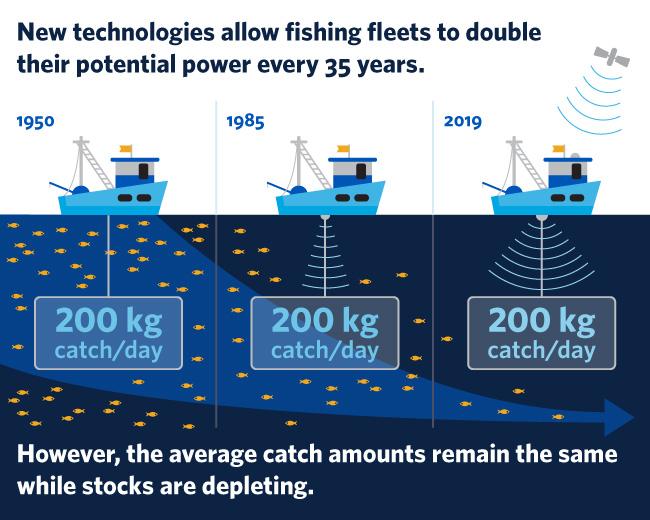
New technology allows fleets to double fishing capacity — and deplete fish stocks faster
Technological advances are allowing commercial fishing fleets to double their fishing power every 35 years and put even more pressure on dwindling fish stocks, new research has found. Researchers from the Sea Around Us initiative at the University of British…
Harnessing tomato jumping genes could help speed-breed drought-resistant crops
Researchers from the University of Cambridge’s Sainsbury Laboratory (SLCU) and Department of Plant Sciences have discovered that drought stress triggers the activity of a family of jumping genes (Rider retrotransposons) previously known to contribute to fruit shape and colour in…
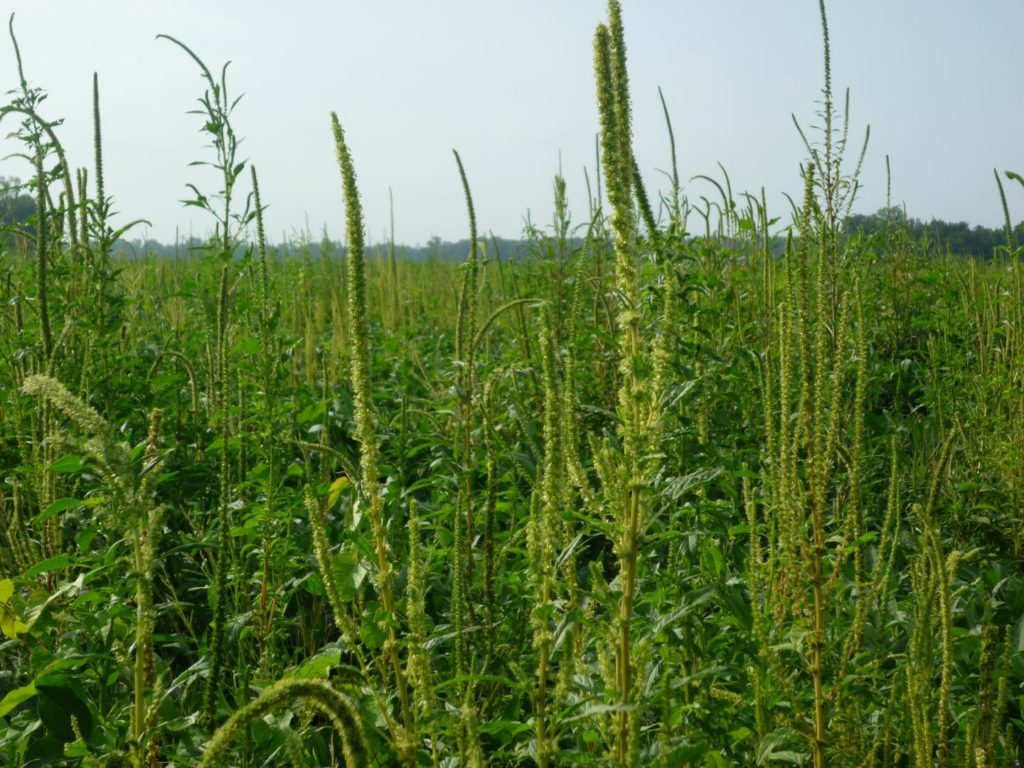
Palmer amaranth’s molecular secrets reveal troubling potential
URBANA, Ill. – Corn, soybean, and cotton farmers shudder at the thought of Palmer amaranth invading their fields. The aggressive cousin of waterhemp – itself a formidable adversary – grows extremely rapidly, produces hundreds of thousands of seeds per plant,…
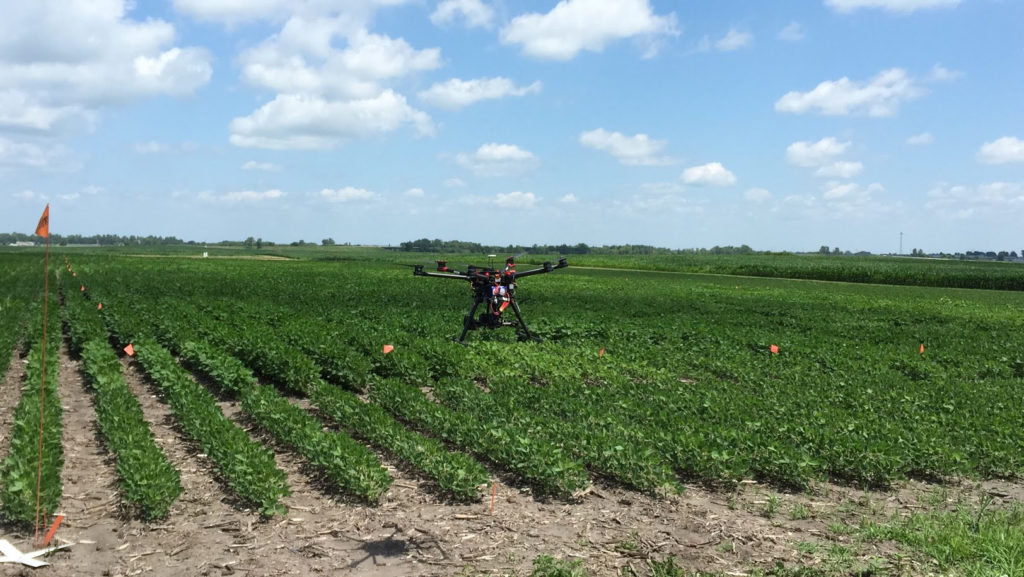
Machine learning in agriculture: scientists are teaching computers to diagnose soybean stress
Machine learning could lead to automated processes that would allow soybean producers to diagnose crop stresses more efficiently. A multi-disciplinary team at Iowa State University recently received a grant to develop the technology, which could lead to unmanned aerial vehicles surveying fields and automatically analyzing crop images.
All on the table
Researchers call for a more comprehensive assessment of the global food system
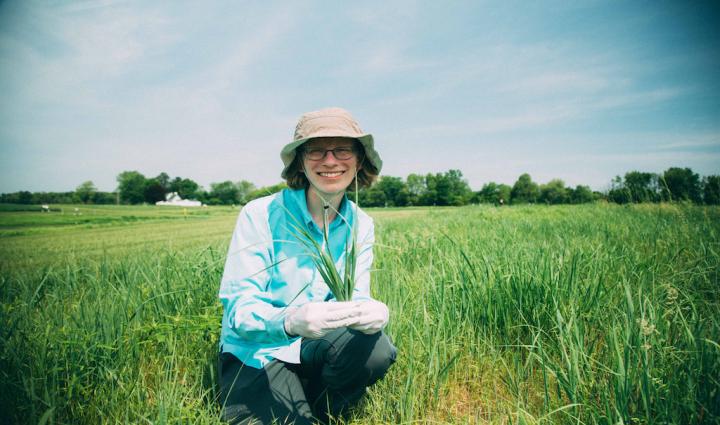
Finding (microbial) pillars of the bioenergy community
EAST LANSING, Mich. – Stems, leaves, flowers and fruits make up the biggest chunk of potential living space for microbes in the environment, but ecologists still don’t know a lot about how the microorganisms that reside there establish and maintain…

Researchers grow citrus disease bacteria in the lab
PULLMAN, Wash. – Washington State University researchers have for the first time grown the bacteria in a laboratory that causes Citrus Greening Disease, considered the world’s most harmful citrus disease. Being able to grow the elusive and poorly understood bacterium,…
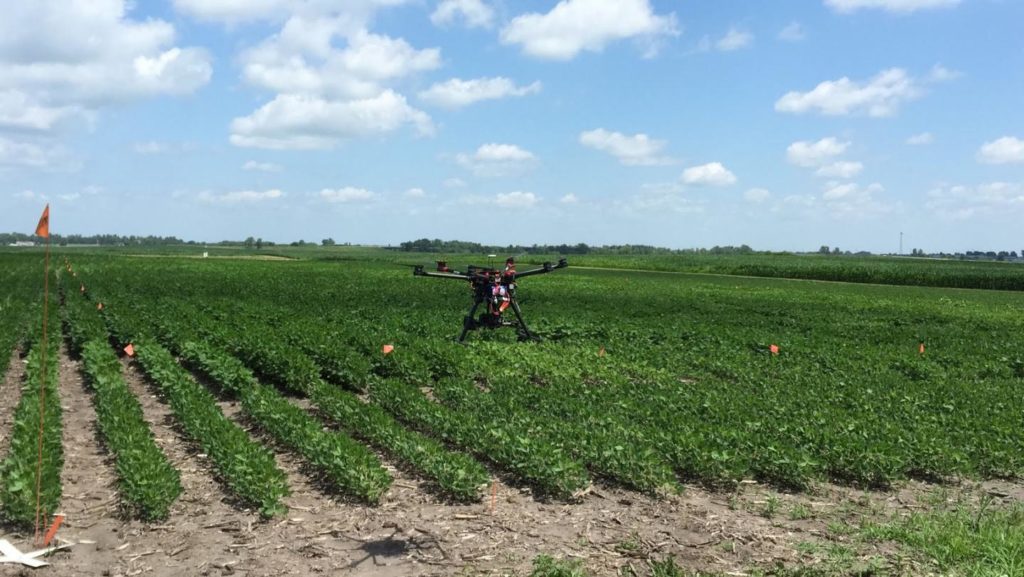
Machine learning in agriculture: scientists are teaching computers to diagnose soybean stress
AMES, Iowa – Iowa State University scientists are working toward a future in which farmers can use unmanned aircraft to spot, and even predict, disease and stress in their crops. Their vision relies on machine learning, an automated process in…
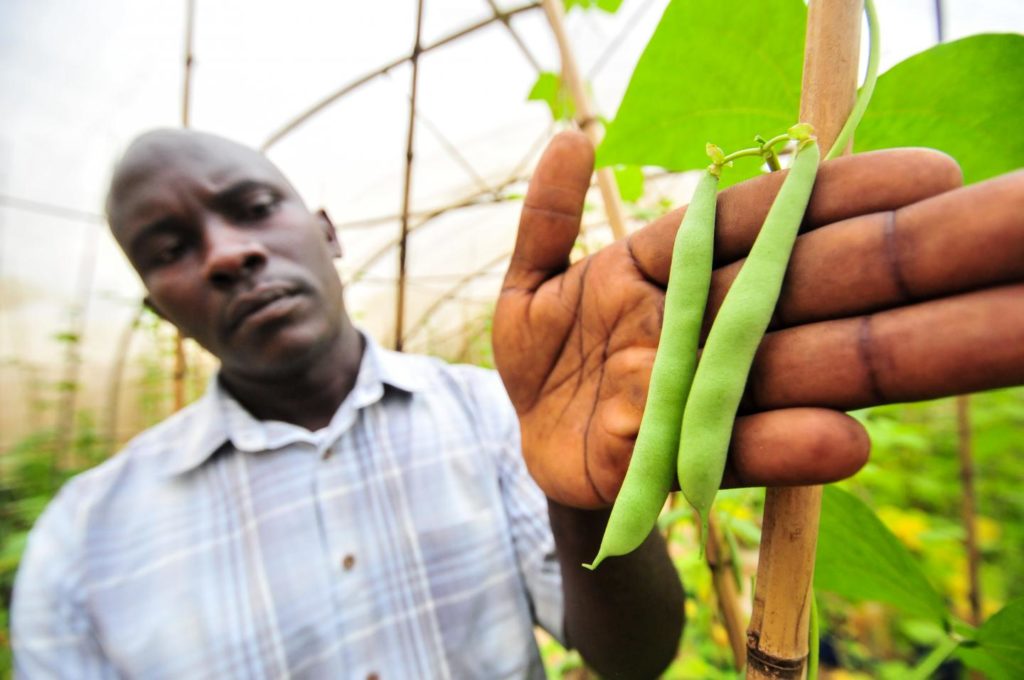
Advanced breeding paves the way for disease-resistant beans
For many people in Africa and Latin America, beans are an important staple. Historically described as “the meat of the poor”, beans are rich in protein and minerals, affordable and suitably filling. That is why they are served daily, often…
Aphid-stressed pines show different secondary organic aerosol formation
Plants emit gases, called volatile organic compounds (VOCs), that enter the atmosphere, where they can interact with other natural and human-made molecules to form secondary organic aerosols (SOAs). These tiny, suspended particles influence atmospheric processes, such as cloud formation and…
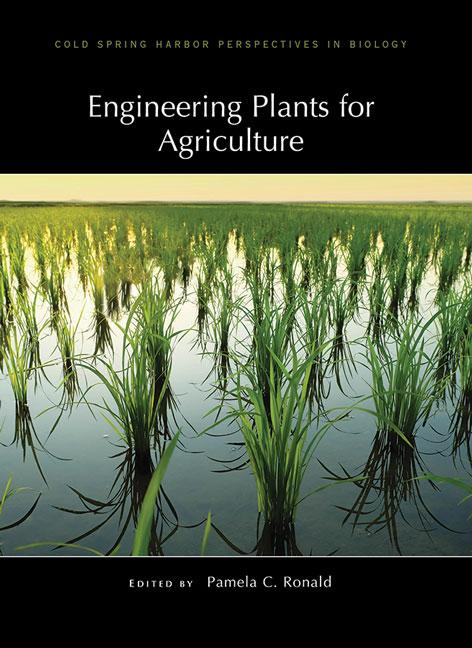
New book on engineering plants for agriculture from CSHLPress
Cold Spring Harbor, NY– Cold Spring Harbor Laboratory Press announced the release of Engineering Plants for Agriculture , available on its website in hardcover and eBook formats. Agriculture plays a vital role supporting human life on Earth but faces significant…
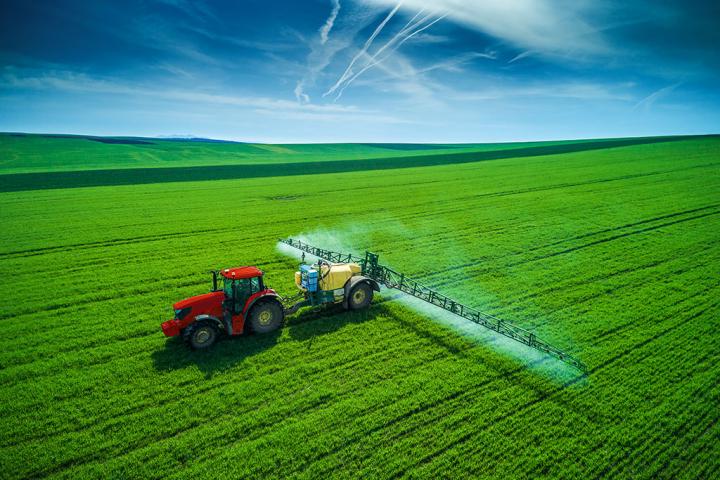
Researchers explore the many factors impacting the pH of dicamba spray mixtures
When it comes to applying spray mixtures under field conditions, though, how do you ensure that pH r

Insects as food and feed: research and innovation drive growing field
Entomophagy, insect agriculture showcased in new special issue of Annals of the Entomological Societ
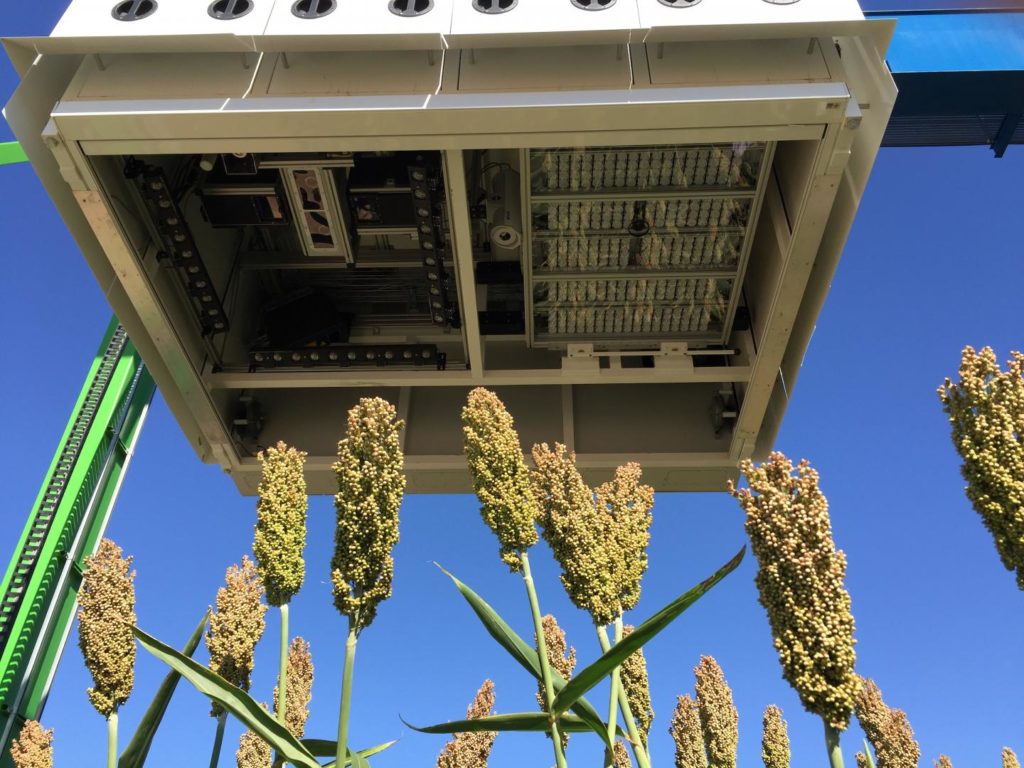
DOE taps Danforth Plant Science Center for research to improve sorghum as a bioenergy crop
ST. LOUIS, MO, September 9, 2019 – The U.S. Department of Energy (DOE) through its Office of Biological and Environmental Research (BER) has launched a major initiative to develop bioenergy crops through genomics-based research. Danforth Center Principal Investigator, Andrea Eveland,…
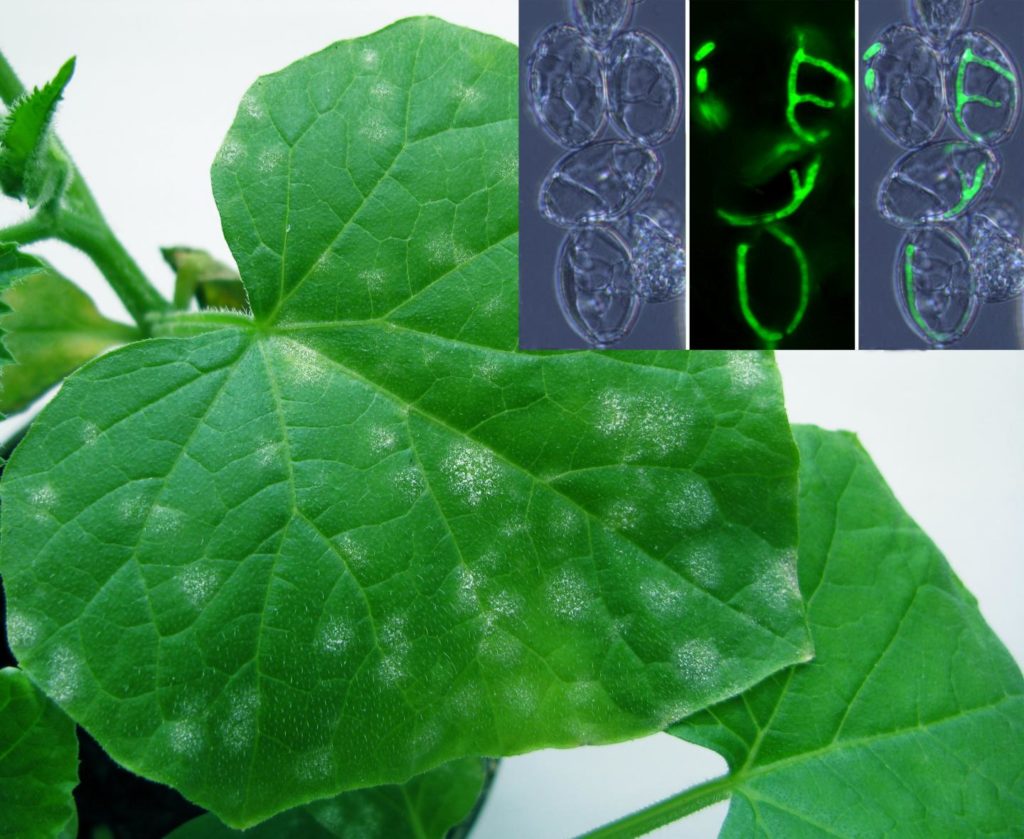
Scientists alleviate environmental concerns about BCA usage on powdery mildews
St. Paul, MN (September 2019)–Powdery mildew is a common fungal disease that infects many plants around the world, absorbing their nutrients and weakening or even killing them. In turn, powdery mildews are often attacked in the field by even smaller…
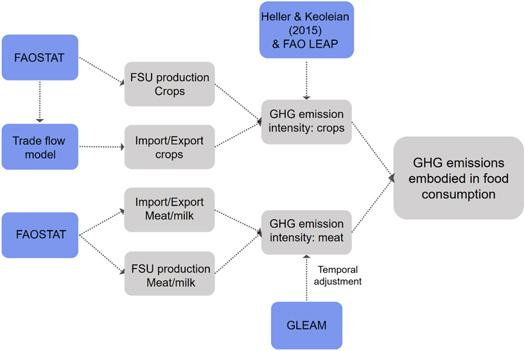
Decrease in greenhouse gas emissions linked to Soviet Union’s collapse
A paper was published in Environmental Research Letters
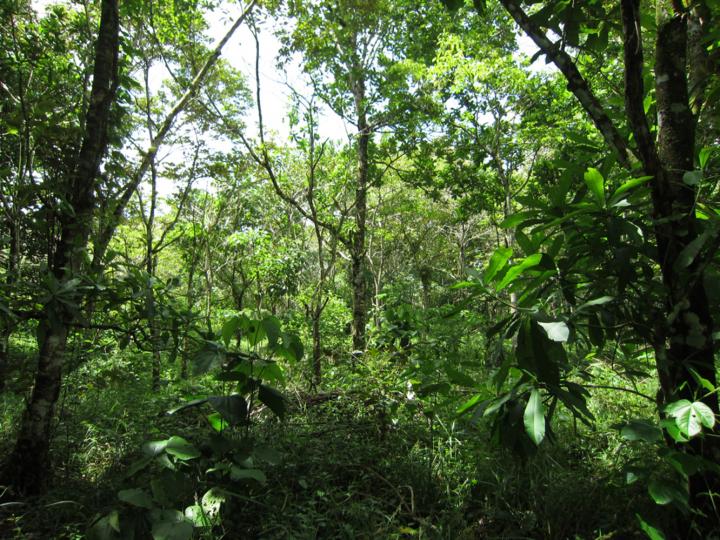
Diversity increases ecosystem stability
Forests with a large variety of species are more productive and stable under stress than monocultures: scientists from the University of Freiburg have confirmed this with data from the world’s oldest field trial on the diversity of tropical tree species.…
Groundwater studies can be tainted by ‘survivor bias’
New research improves governments’ ability to monitor groundwater levels
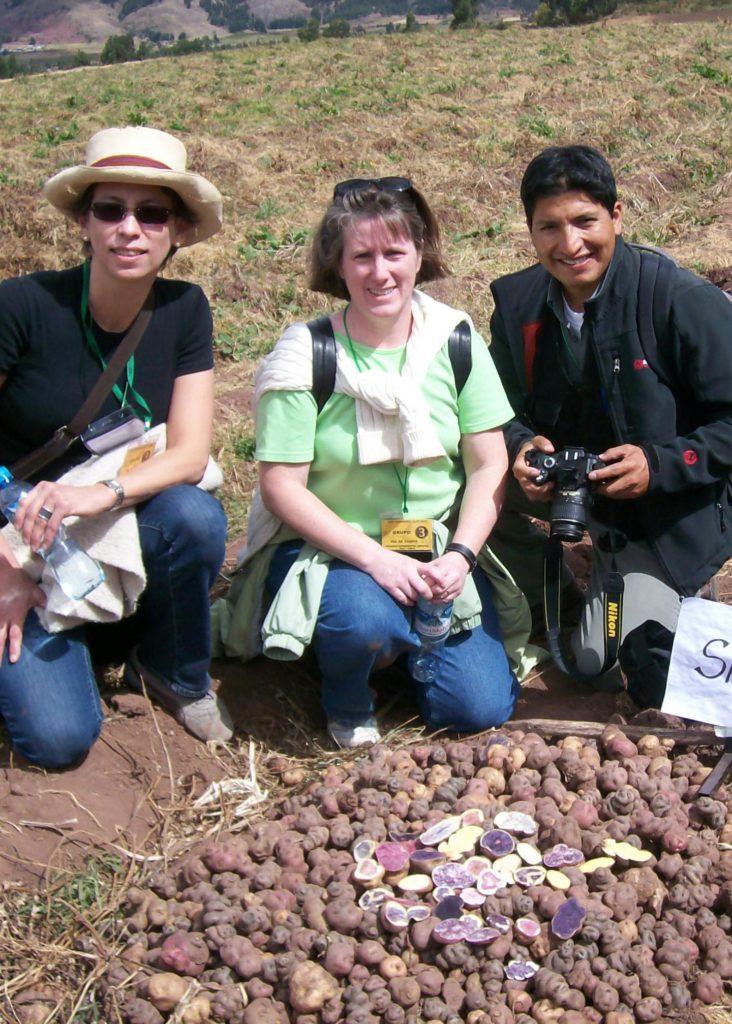
Underrated and underground, tuber evolution study earns NSF grant
EAST LANSING, Mich – The United States grew more than a million acres of potatoes in 2017, making the number one vegetable crop in the country a tuber. But potatoes are not the only tubers. Jerusalem artichoke, potato bean and…
Study offers new insights on impacts of crop trading in China
Scientists examine both socioeconomic and environmental impacts impacts of crop trading in China for